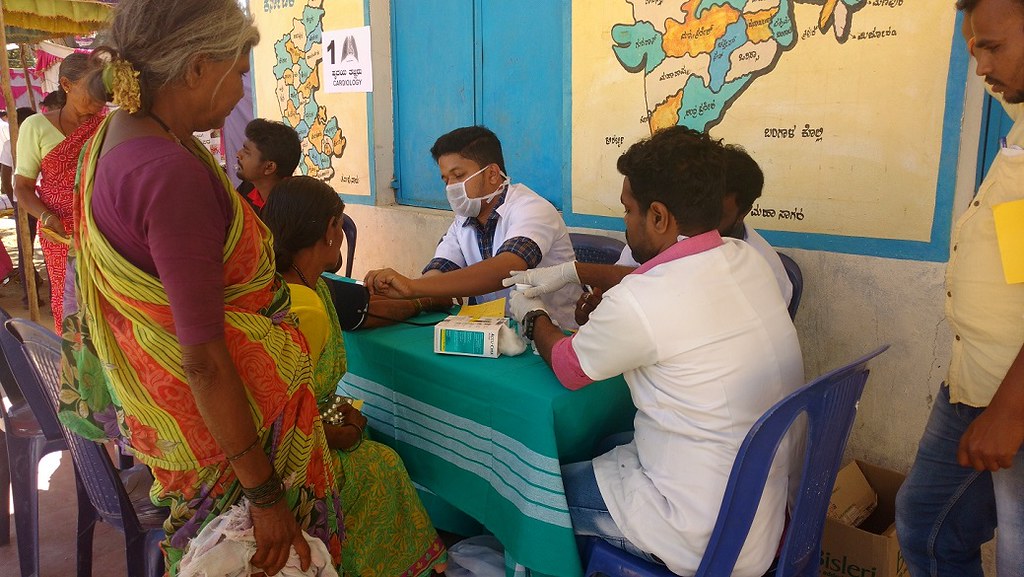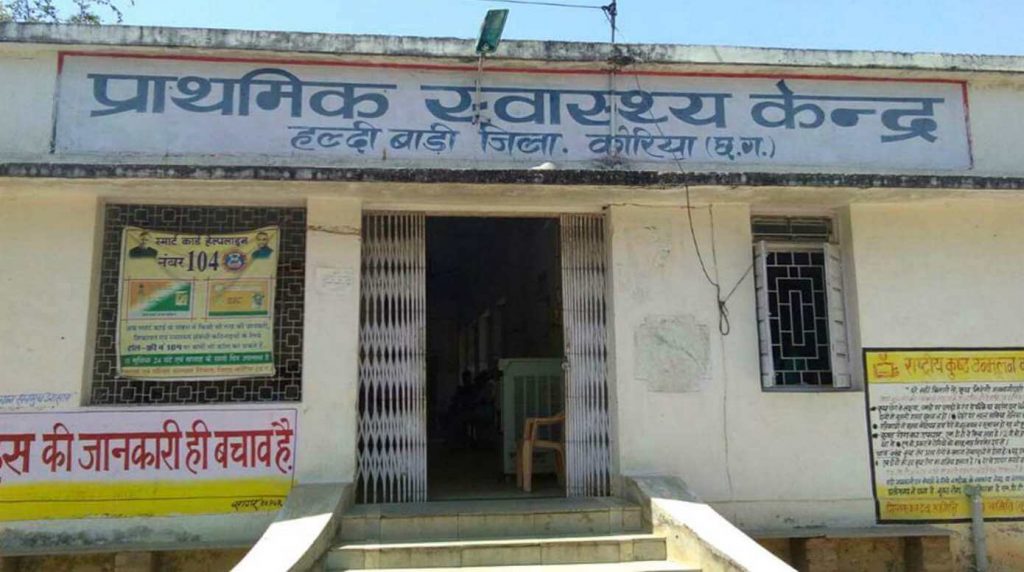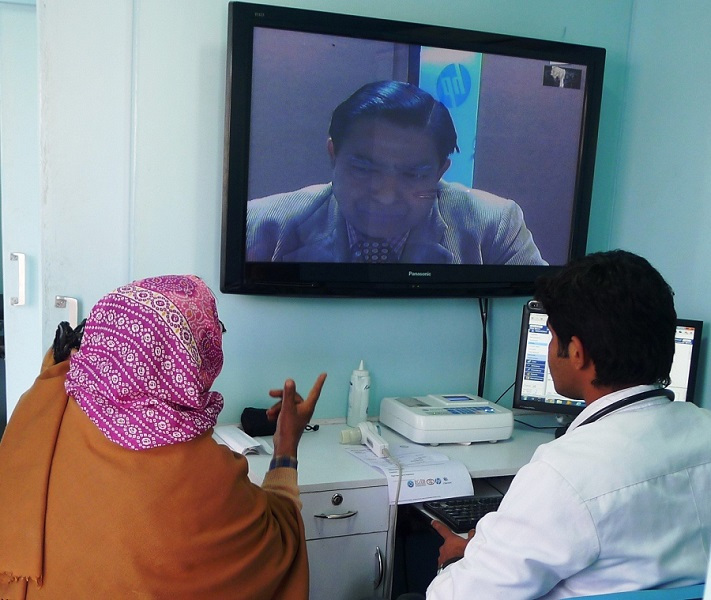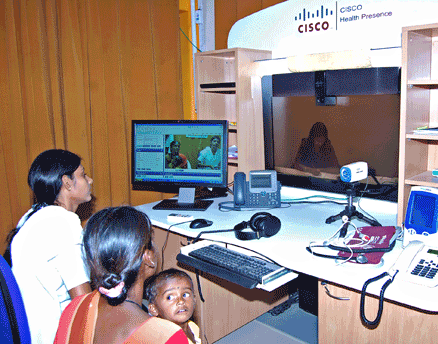
- This pandemic has exposed the faultlines in our health care system
- The number of PHCs over the years has been stagnant due to lower allocation of resources to primary health care centers
- The governments must aggressively bolster primary healthcare and connect each and every Indian with a dedicated source of healthcare.
- The number of PHCs in India has to be increased substantially. Every Indian even in the remotest parts of the country should have access to PHCs.
- Telemedicine and AI have to be used aggressively to achieve this.
- Systematic storage of clinical data will help the government better understand health trends in each district
- Technology in the post-Covid world will democratize a lot of things including healthcare and education.
This pandemic has exposed the faultlines in our health care system which was continuously neglected by socialist governments who invested considerably less than what was required in our health care system. This negligence has bought the nation to its knees today.
Given the vast size of our country, we have a vast network of Primary Healthcare Centers (PHCs). There are over 23,000 PHCs in the country today. This number over the years has been stagnant due to lower allocation of resources to primary health care centers with a higher allocation being made to bigger multi-specialty and greenfield hospitals.
Despite having over 23,000 primary health care centers and over 1.5 lakh sub-centers, government data suggests that only 72% of the population is covered by these centers, leaving the remaining 28% of the population even more vulnerable compared to the rest.
The government of India and the states must aggressively bolster primary healthcare and connect each and every Indian with a dedicated source of healthcare. Primary healthcare must be recognized as a common good on the lines of public education and every citizen of the country must have access to it.
Despite having over 23,000 primary health care centers and over 1.5 lakh sub-centers, government data suggests that only 72% of the population is covered by these centers
Why focus on PHCs?

Strengthening primary healthcare will not only reduce mortality rates in the country, but it will also save the government a lot of valuable taxpayers’ money. Better access to primary health care leads to timely identification of problems and better management of chronic diseases.
In the 1980s, Spain created a system where community healthcare centers were located within a 15-minute radius of every citizen. This provided a good base for primary healthcare for every Spaniard. In comparison, the American model puts all its focus and resources on expanding healthcare coverage for every American through insurance. In the next 30 years, it is estimated 50% of American GDP will be spent on healthcare if the flaws in the present system are not attended to.
Hence, in India the number of PHCs has to be increased substantially. Every Indian even in the remotest parts of the country should have access to PHCs. Telemedicine and AI have to be used aggressively to achieve this.
Telemedicine and AI

PHCs can be connected to district hospitals using telemedicine ‘hub and spoke’ model. A studio can be created at district hospitals which can be manned by MBBS doctors who rope in specialists when and where required. The primary healthcare center must be equipped with a ‘state of the art’ virtual conferencing facility. These centers will be manned by a nurse who would convey symptoms of patients to doctors sitting in the studio at the district hospital and a pharmacist to dispense medicine.
The government’s ambitious ‘Jan Aushadi’ program can be linked to these centers for dispensing medicines. These PHC’s will be the first point of contact for patients in rural areas. Only after referrals from these PHC’s, patients can be admitted to district hospitals. This will lead to a reduction of congestion at district hospitals.
The government’s ambitious ‘Jan Aushadi’ program can be linked to the PHCs for dispensing medicines.
Clinical data will be collected and stored on the government’s cloud and this data can be shared between different PHC’s using a one-time password that will come to the patient’s mobile. This will allow the patients to know their medical data is being accessed and will protect patients from data abuse. Every time a patients visits a PHC and is analyzed by a doctor sitting in a studio, data of the patient will be entered in the government’s cloud using Aadhar number so that the next time when a patient visits the PHC and there is a different doctor, the new doctor will have access to the previous medical data of the patient from his/her previous visits which will help in proper diagnosis and treatment.
Systematic storage of clinical data will help the government better understand health trends in each district and if this data is used judiciously many health scares can be averted.
The Way Ahead

The second wave has shown that patients getting diagnosed sooner have shown better signs of recovery and lower mortality rates than those who have taken time to reach the hospital and get themselves diagnosed.
Technology in the post-Covid world will democratize a lot of things including healthcare and education. Good treatment which until now was the prerogative of the rich and the urban will become available to all if the right investment is made in technology.
Sound Primary healthcare infrastructure is in the nation’s interest and if a ‘Fit India’ as envisioned by Prime Minister Narendra Modi has to be achieved, then our primary healthcare infrastructure has to be reinvigorated and made more widespread.

Karuna Trust and Sampoorna Swaraj Foundation along with 4 collaborators have architected a Digital platform for managing PHCs and all the stakeholders, and create a AI based predictive analytics based on Socioeconomic data. The team won a 250000 pound grant. Please contact us for more information.